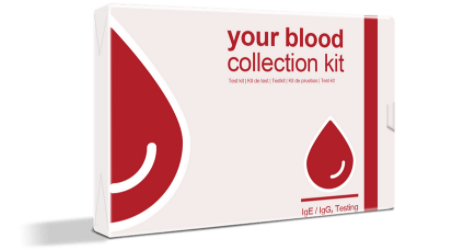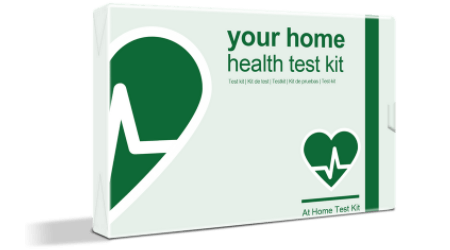Your body relies on your tot take care of it, and a part of doing just that means that you are going to have to keep an eye on what it’s trying to tell you through symptoms. Some symptoms are more noticeable than others, and the ones that you do notice could be based on your body’s way of telling them to you. Often, dairy intolerance and lactose intolerance can be confused with each other and can lead to a misdiagnosis a that ends up with a nutrient deficiency. Here are some signs of dairy intolerance that can help you figure out what’s what.
Sure signs of dairy intolerance
Lactose is an ingredient in dairy, so those dealing with upset stomachs and indigestion after having milk products often assume it’s an issue with lactose when it really is a problem with dairy.
- Problems with cream cheese: Whether it’s cheesecake or cream cheese dips, the base of cream often creates digestive issues for this with a dairy intolerance. This could be reduced when looking at “lite” options or going with different forms of cheesecake that don’t use the same cream cheese base.
- A distaste for ice cream: Even lactose-free ice cream can still create upset in those who are actually intolerant to dairy. It often creates dislike of this popular binge-eating dessert. Frozen yoghurt would be combined in this category since both include dairy as the main ingredient.
- A dislike for cheese in true form: Shredded, in a block, or cubed, cheese is often avoided by those with dairy issues since it takes a lot of work to process even small amounts of cheese. From parmesan to cheddar to even beloved pizza mozzarella, it’s all off the table.
- Struggling with cheesy dishes: Casseroles or even staples such as homemade macaroni and cheese may create discomfort. It’s possible that the sufferer may prefer processed alternatives because they’re often simulated flavourings.
- Finding cream-based soups uncomfortable: Homemade or store-bought cream soups may create discomfort in those with a dairy intolerance. These often focus on a heavy cream base which can create pain in someone who is already struggling with dairy.
- A preference for alternative products: From margarine to vegetable oils and beyond, preferring alternative products also implies there is a common ingredient in the traditional options causing discomfort.
- Avoidance of mayo and butter: Both mayo and butter — common sandwich ingredients — often cause discomfort for those who have a dairy intolerance. If someone avoids both of them, it’s a sure sign that its dairy and not lactose.
If you’re still not sure what you’re dealing with, don’t fret. The two are easily confused and can be hard to figure out since they often involve the same problem foods (in varying percentages). Consider a food intolerance test to help you find out for sure. It is the best way to confirm what you’re dealing with so that you can use this new information to help you live with your dairy intolerance much easier than before.



